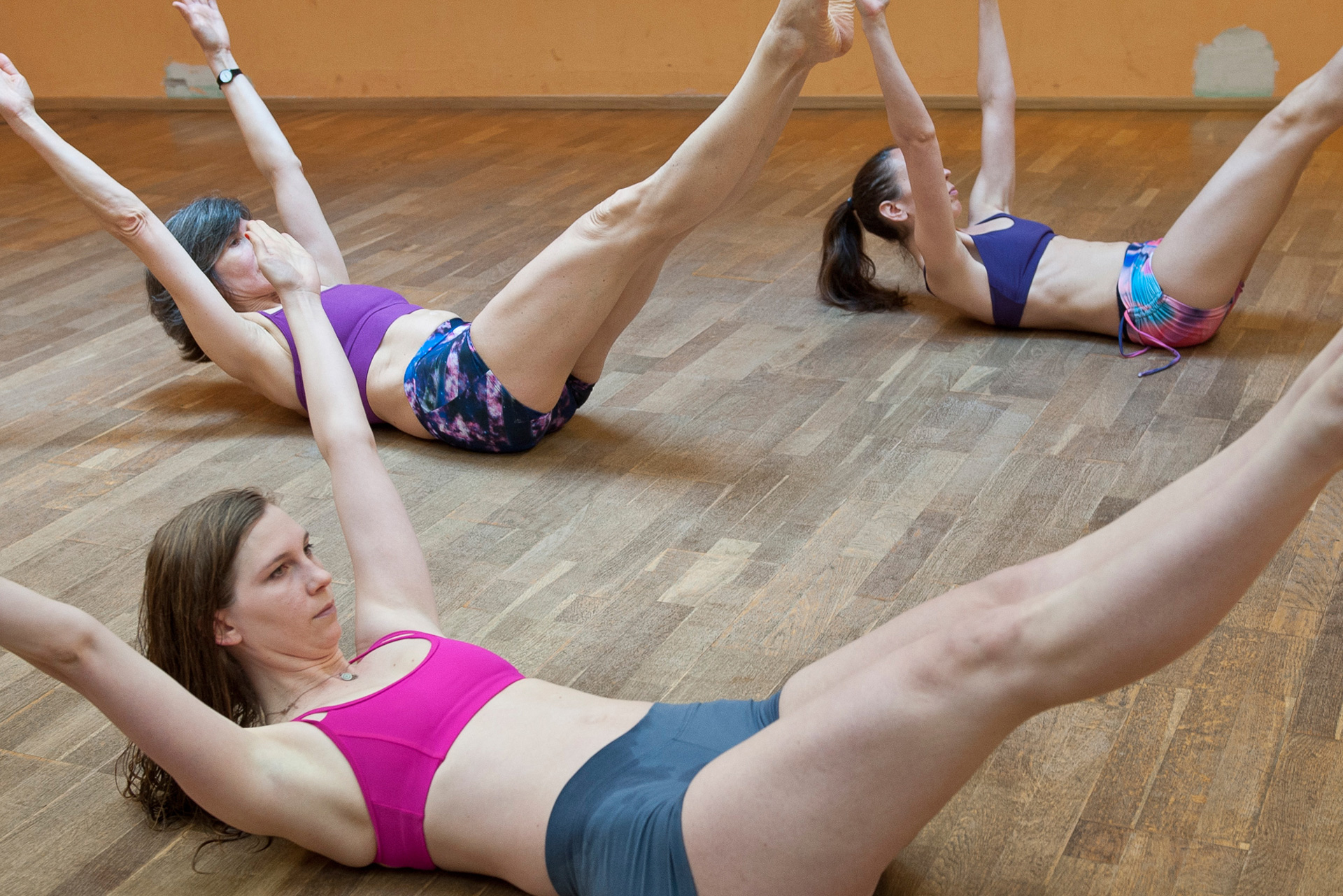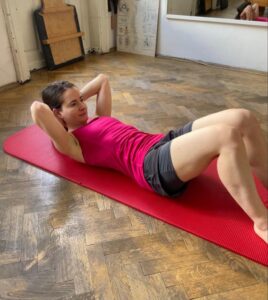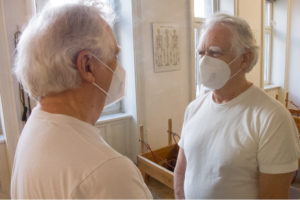My son, César Sampson, sent me the video below of himself doing the Pilates Powerhouse series. He asked me if I could write a commentary on it for Facebook.
After watching the video, I thought to myself …. does he know what he is asking me to do?… either he is a true warrior or a true masochist!?!? He didn’t even want to read my analysis?!?? All I can say is “thumbs up for my son César and his remarkably selfless gesture.” Perhaps he had the following quote from an African master teacher in mind when he made his decision:
Sometimes it is better to submit to the will of others than to obey your own self-will.
… and wanted to remind us with his selfless act. Brave, brave, my son!
Anyway, let’s start with the analysis. As Pilates aficionados know, the Powerhouse series consists of 5 exercises, and so that I don’t overwhelm you with in-depth analysis of all 5 exercises at once, I will post the analysis of one exercise each week. If you haven’t seen the analysis of the Single Leg Stretch yet, click here for the analysis of the Single Leg Stretch.
Here is already the analysis of the 2nd exercise of the Pilates Powerhouse series – the Double Leg Stretch – performed by my son César.
The toned-down Powerhouse Series
Let’s watch César’s video of the Powerhouse series right below. From 00:28 the Double Leg Stretch begins 😉 Click and enjoy!
Double Leg Stretch – The facts
As in the Single Leg Stretch, my son makes the fundamental mistake of not bringing his pelvis into a neutral position. Because César does not bring his pelvis into a neutral position, the weight of his legs collapses towards his chest instead of being divided between the floor (foundation), iliopsoas (leg control) and his powerhouse (pelvic stabilisation).
First consequential error: Because his pelvis is not in a neutral position, the extension of the arms and legs away from the midline of the body cannot be performed by the DMCS – his powerhouse – and the iliopsoas. In this way, the upper body, arms, pelvis and legs cannot act as opposing forces. This results in his arms and legs extending less dynamically – his arms and legs are not fully extended. If he were to perform the movement starting from the DMCS and iliopsoas, his arms and legs would functionally extend from a lift.
My conclusion: Activation of the 2 body centres is incomplete
Cesar’s 2 body centres – his powerhouse (DMCS) and shoulder girdle stabilisers are not sufficiently activated. His rib cage overrides the work of his powerhouse (DMCS). Gravity can not be counteracted harmoniously. His legs this way feel twice as heavy as his upper body but it should be the other way round.
By the way, including a breathing method would be difficult in this case. This is because the work that needs to be done to perform the exercise would be on the diaphragm instead of the correct posture and principles of the Pilates method.
For comparison below the video of me performing the Pilates Powerhouse Series. From 00:22 the Double Leg Stretch begins. Click and enjoy!
The enriched Powerhouse Series
Awareness vs. right-wrong
Last but not least, let me bring a pinch of awareness to my analysis. The analysis of my son’s interpretation of the Powerhouse Series is NOT based on a right-wrong dichotomy, but from the perspective of awareness and functionality.
By this I mean
- How many of the above ‘mistakes’ is César aware of when he does the exercises?
- Can he transfer one position to another position? For example, can he go from the Double Leg Stretch position to the Double Side Leg Lift position without change, compensation and modification?
Subjectively, who can say that the way my son does the Pilates Powerhouse Series is wrong? I am pretty sure there are many people, inside and outside the Pilates community, who claim to ‘feel good’ while doing the Powerhouse Series the way my son does it. I’m sure there are people who even say their back pain has improved as a result.
This may well be the case but the question is: Do they know what they are doing? Are they aware of what they are doing? Could they do the exercises in a different way if they wanted to? Could you? It is essential that we keep asking ourselves: Are we doing the exercises with awareness or out of habit? Because …
Awareness (aka will) and functionality are based on “I have a choice”. Habit (aka self-will) and pressure are based on “I feel this way”.
Back to my son César: Correcting the above mistakes will give my son more choice in his movements. The way he shows the exercises in the video gives him little freedom of movement.
I’ll close the case for today. See you next week when I analyse how my son performs the Pilates Single Straight Leg Stretch.
Check it & fly with it!
Did you like our blog post? Then kindly support us and share it on social media sites like Facebook, Twitter, group forums, blogs and – all the retro way – personally among friends. We also highly appreciate your feedback on our exercises and posts.




